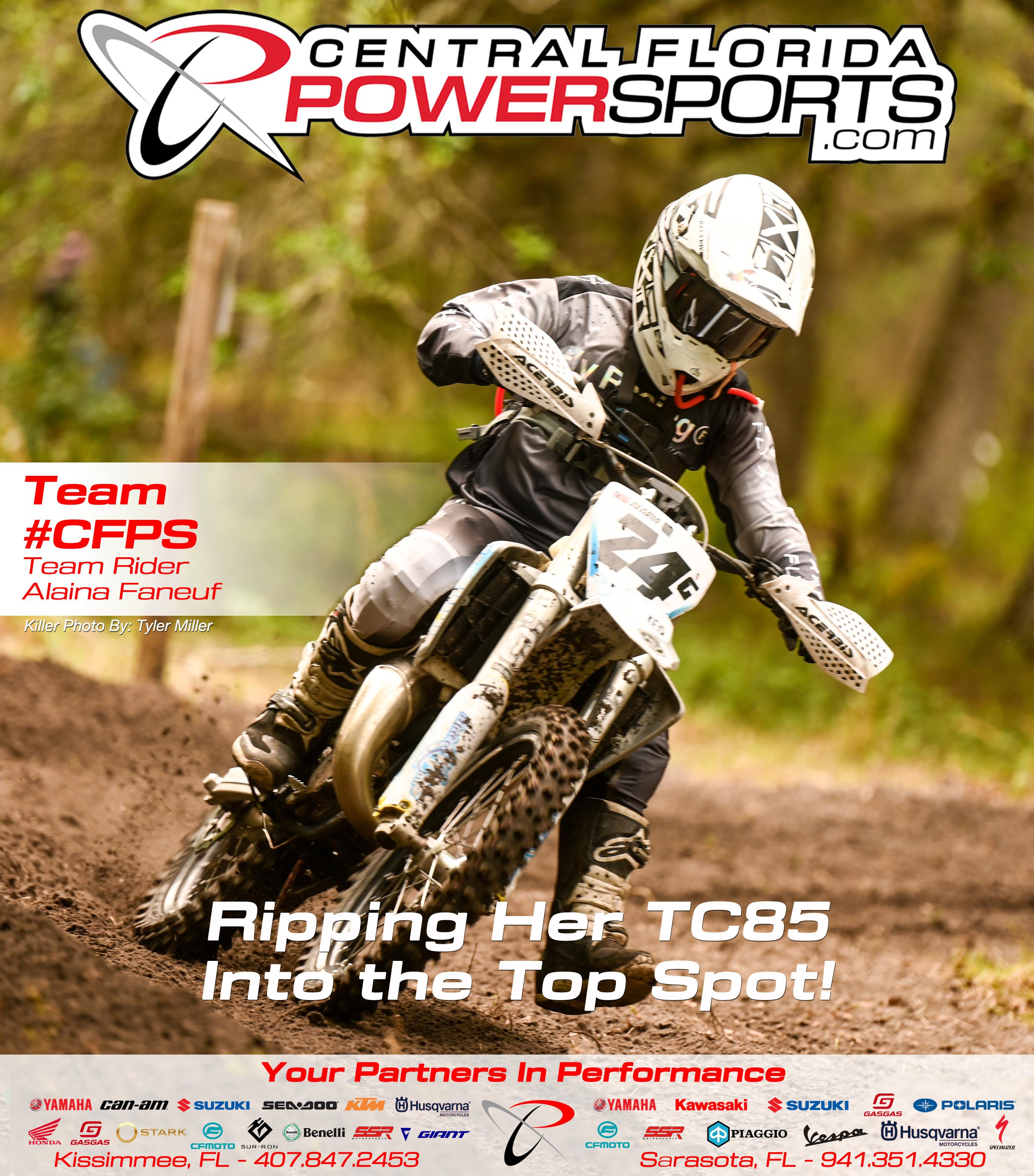










AREA #1 - Out-of-State, Panhandle
Brandon St. John (912) 674-6127 ktm21brandon@yahoo.com
AREA #2 - Hamilton, Suwannee, Columbia, Baker, Union, Bradford, Nassau, Duval, Clay, Putnam, St. Johns
James Benton (904) 589-0093 bentonracing116@yahoo. com
AREA #3 - Gilchrist, Alachua, Levy, Marion, Citrus, Sumter, Lake
Allen Pearce (352) 339-5644 Allen.Pearce17@gmail.com
AREA #4 - Flagler, Volusia
Mike McGuire (386) 871-0666 makmcguire@yahoo.com
AREA #5 - Hernando, Pasco, Pinellas
Dale Ellis (407) 467-1196 dellis117ktm@gmail.com
AREA #6 - Hillsborough, Polk
West Anderson (863) 604-1868 jetster220@gmail.com
AREA #7 - Seminola, Osceola, Orange
Will Busick (317) 507-6636 willb763@gmail.com
AREA #8 - Brevard, Indian River
John Happel (321) 759-1454 ftrforester@gmail.com
AREA #9 - Manatee, Sarasota, Hardee, DeSoto, Highlands
Brian Dugre (941) 893-7898 brian@mycentec.com
AREA #10 - Okeechobee, St. Lucie, Martin
George Pollard (772) 349-6534 ktmgeorge811b@gmail.com
AREA #11 - Charlotte, Lee, Glades, Hendry, Collier
Ken Redford (239) 297-7170 redford_kenny@yahoo.com
AREA #12 - Palm Beach
Austin McAfee (561) 337-0998 amcafee379@aol.com
AREA #13 - Borward, Dade, Monroe
Max Rash (954) 609-1812 maxr@rivaracing.com
Apollo M/C
Mark Bordelon (321) 794-0993 markbord115@gmail.com
Big O Trail Riders
Tommy Clay (863) 532-1952 tommy_clay@yahoo.com
Big Scrub Trail Riders
Curtis Bell (386) 679-8201 curtbell@rocketmail.com
Central Florida Trail Riders
AJ Stagg ajstagg@gmail.com (407) 929-2114
Columbia Enduro Riders
Ricky Dennis (803) 786-0051 mastercraft@bellsoth.net
Daytona Dirt Riders
Joe Carrasquillo (386) 615-0722 secretary4ddr@gmail.com
Family Riders, Inc.
Johnny Thomas (843) 553-1463 familyriderssc@bellsouth.net
Greenville Enduro Riders
Chris Poole (864) 617-4342 info@greenvilleenduroriders. com
Nature Coast Trail Blazers
Rob Swann (813) 731-5552 naturecoasttrailriders@gmail. com
Old School Dirt Riders
Ben Kelly (941) 650-1473 ftr90racer@yahoo.com
Palm Beach Track & Trail
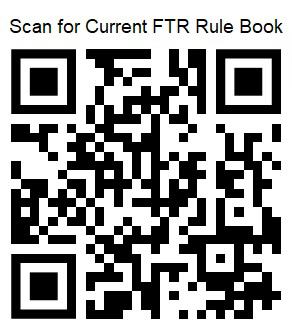
Randy Rash (954) 931-5709 motodadfla19@aol.com
Perry Mountain M/C
Brad Belcher (205) 340-4298 perrymountainmotorcycleclub@gmail.com
River City Dirt Riders
James Benton (904) 589-0093 bentonracing116@yahoo. com
Sarasota Area Dirt Riders
Randy Faul (863) 244-3709 randt817@gmail.com
Southeast Florida Trail Riders
Frank Campbell (561) 951-3732 flawoods35@yahoo.com
Sumter Enduro Riders
Johnny McCoy (803) 481-5169 serma@ftc-i.net
Suncoast Trail Blazers
Cary Hunt 727-635-6228 suncoastbiz1@gmail.com
Sunrunners Dirt Riders
West Anderson (863) 604-1868 jetster220@gmail.com
Tallahassee Trail Riders
Mikey Rainey (350) 591-5386 trailriderstallahassee@gmail. com
Treasure Coast Trail Riders
Ken Harris (772) 370-4434 khei9862@gmail.com

AA/A ENDURO
Mark Mannschreck (813) 310-2067 hondamm61@aol.com
B/C ENDURO
Sam Boydstun (407) 467-3951 woodsracercfl@rr.com
SPECIALTY A/B ENDURO
Ronnie Hames (386) 547-2397 ronnie@hbdmotografx.com
SPECIALTY C/WOMEN ENDURO
Elesa Berard (407) 376-7115
AA/A HARE SCRAMBLE
Troy Gardner (561) 329-7866 troyracing41@gmail.com
B/C HARE SCRAMBLE VACANT
SPECIALTY A/B HARE SCRAMBLE
Paul Lucas (305) 244-7531 happytimesamuse@msn.com
SPECIALTY C/WOMEN HARE SCRAMBLE
Holly Langford (954) 504-2659 hollylangford10@gmail.com
SATURDAY CLASSES HARE SCRAMBLE
Derek Tremain (863) 634-8183 derektremain@gmail.com
QUADS
Pete Rose (941) 270-1189 pwrracingktm@gmail.com
PRESIDENT
Randy Faul (863) 244-3709 president@floridatrailriders.org
VICE PRESIDENT
Pete Rose (941) 270-1189 vicepresident@floridatrailriders.org
SECRETARY
Bill Toreki 352-372-1135 secretary@floridatrailriders.org
TREASURER
Kayla Vawter (863) 381-2649 treasurer@foridatrailriders.org
HARE SCRAMBLE CHAIRMAN
Randy Rash (954) 931-5709 hschair@floridatrailriders.org
ENDURO CHAIRMAN
George Tolson (863) 698-3837 gjtolson63@gotmail.com
HARE SCRAMBLE REFEREE
Jeff Hazeltine 941-468-7204 hsref@floridatrailriders.org
ENDURO REFEREE
Peter Magee (352) 262-4974 cr250m@bellsouth.net
BUSINESS MANAGER
Darlene Riggs (352) 538-6291 businessmanager@floridatrailriders.org
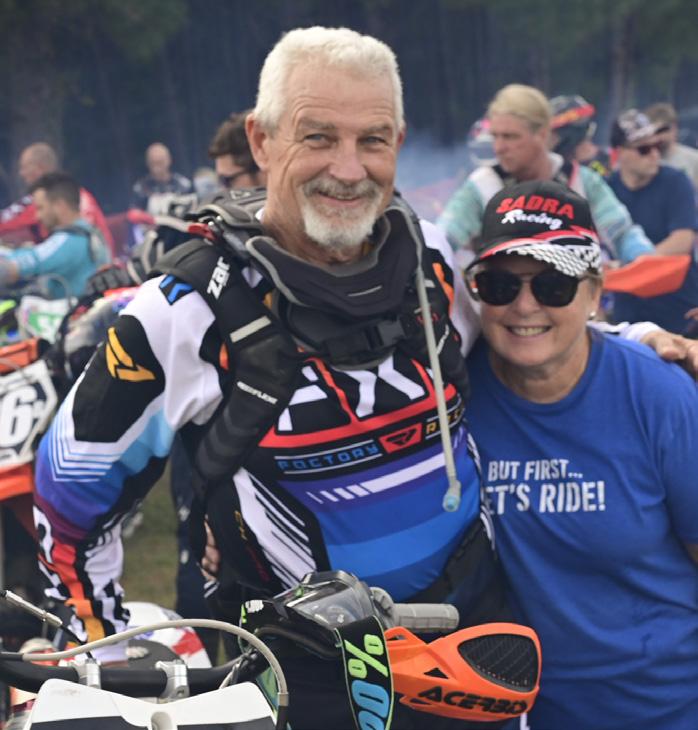
As we pass the halfway point of our schedule, we still have many opportunities to ride our scooters at either a Hare Scramble, Enduro or both. Bringing all of us together for a full weekend of family fun, camping with our friends and of course a little dirt bike competition is what it’s all about. As I’ve ridden since I was six years old on a Rupp mini bike and started competing in MX at a young age of 16 on the famous Hodaka Super Rat, my hare scramble adventures came around the early 80’s as I found racing through the woods brings a new level of excitement. Lots of changes have been made from the oneday event to the now
full weekend of activities starting with the Friday night sign up. Being labeled as one of the “Last of the Mohicans” along with a few other well-seasoned pals from the beginning of all this life consuming sport were all in, it sure has its memories. Being able to experience all the ups and downs with this sport is what our weekends are all about. Making and catching these memories are so very important in our busy lives that sometimes we forget that today will be gone tomorrow.
Looking at our sport, how many other sports offer the opportunity to have the entire family participate in an activity that when the day is done, dad, mom
and the kids can sit around the camp and talk about how their ride went, relate to this real difficult section or talk about their battle with their friends. I guess where I’m going with this is the opportunities we have to spend quality time with the family in our busy lives is so very important and meaningful that we can’t afford to miss out. Whether you end up on top of the box, on the podium or just finish, it's all about making memories and having a great time with family and friends. Remember, don’t take life too seriously, have fun with everything you do and stay positive.
As always, thanks for listening.
Randy Faul
Starting Line to Checkered Flag…
“I have fought the good fight, I have finished the race, I have kept the faith.” 2 Timothy 4:7
February, the month we celebrate love. It is funny that something so important is honored in the shortest month of the year.
The American Heritage Dictionary defines love as “A strong feeling of affection and concern toward another person, as that arising from kinship or close friendship, A strong feeling of affection and concern for another person accompa-
nied by sexual attraction, A feeling of devotion or adoration toward God or a god, A feeling of kindness or concern by God toward humans, Charity, Sexual desire or activity, An instance of being in love.”
We love our spouses but not with the same love we have for our kids, our friends or our country. We love to ride and race our dirt bikes but not the same way we love a good pizza on a Friday night or a cup of coffee in the morning.
The point is that love transcends all our feelings, situations, our very lives. God showed us how much
He loves us by sending His one and only Son to pay the price for our sins by dying on a cross. He proved to be God’s Son by overcoming death three days later, showing us the eternal life we can have by believing in Him.
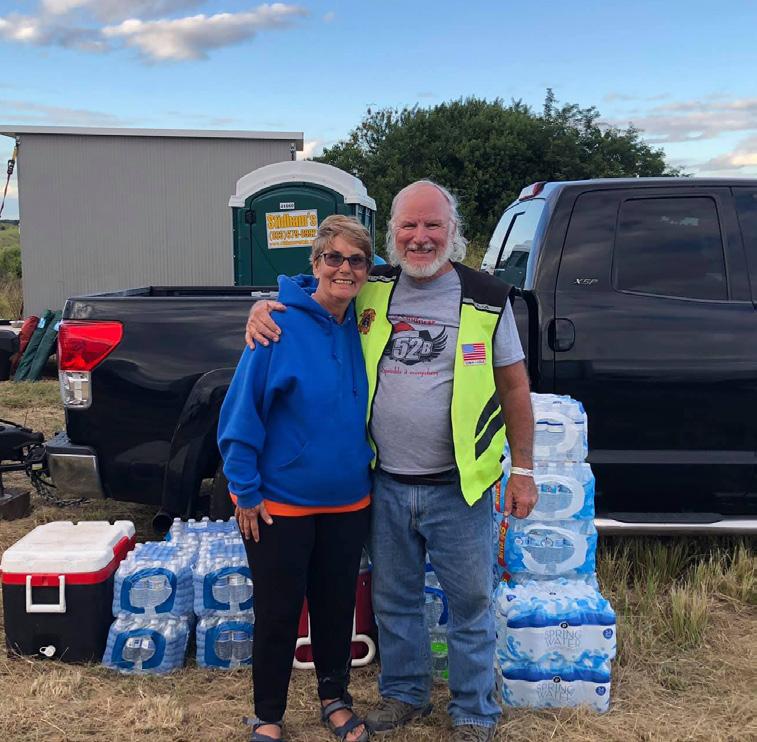
Romans 5:8 records, “But God shows his love for us in that while we were still sinners, Christ died for us.”
John 4:16, “So we have come to know and to believe the love that God has for us. God is love, and whoever abides in love abides in God, and God abides in him.”
God so much wants you to “fall in love, forever” with Him through His Son, Jesus! Blessings on and off the road,
Jim and Betty Edleston Chaplain FTR
Desde la línea de salida a la bandera de cuadros…
"He peleado la buena batalla, he terminado la carrera, he mantenido la fe". 2 Timoteo 4:7
Febrero el mes en el que celebramos el amor. Es curioso que algo tan importante se le hace honor en el mes más corto del año.
El diccionario de la herencia americana define el amor como “un fuerte sentimiento de afecto y preocupación hacia otra persona, como el que surge del parentesco o amistad cercana, un fuerte sentimiento de afecto y
preocupación por otra persona acompañado de atracción sexual, un sentimiento de devoción o adoración hacia otra persona, Dios o un dios; un sentimiento de bondad o preocupación de Dios hacia los humanos, Caridad, Deseo o actividad sexual, Un ejemplo de estar enamorado”.
Amamos a nuestros cónyuges, pero no con el mismo amor que tenemos por nuestros hijos, nuestros amigos o nuestro país. Nos encanta montar y correr en nuestras motocicletas, pero no de la misma manera que nos encanta una buena pizza un viernes por la noche
o una taza de café por la mañana.
El punto es que el amor trasciende todos nuestros sentimientos, situaciones y nuestras vidas. Dios nos mostró cuánto nos ama al enviar a su único Hijo a pagar el precio por nuestros pecados muriendo en una cruz. Él demostró ser el Hijo de Dios al vencer la muerte tres días después, mostrándonos la vida eterna que podemos tener al creer en Él.
Romanos 5:8 registra: “Pero Dios muestra su amor para con nosotros, en que siendo aún pecadores, Cristo murió por nosotros”.
Juan 4:16, “Así hemos llegado a conocer y creer el amor que Dios tiene para con nosotros. Dios es amor, y quien permanece en el amor, permanece en Dios, y Dios permanece en él”. ¡Dios desea muchísimo que “te enamores para siempre” de Él a través de Su Hijo, Jesús!
Bendiciones desde la carretera y el monte,
Jim y Betty Edleston, Capellán de FTR

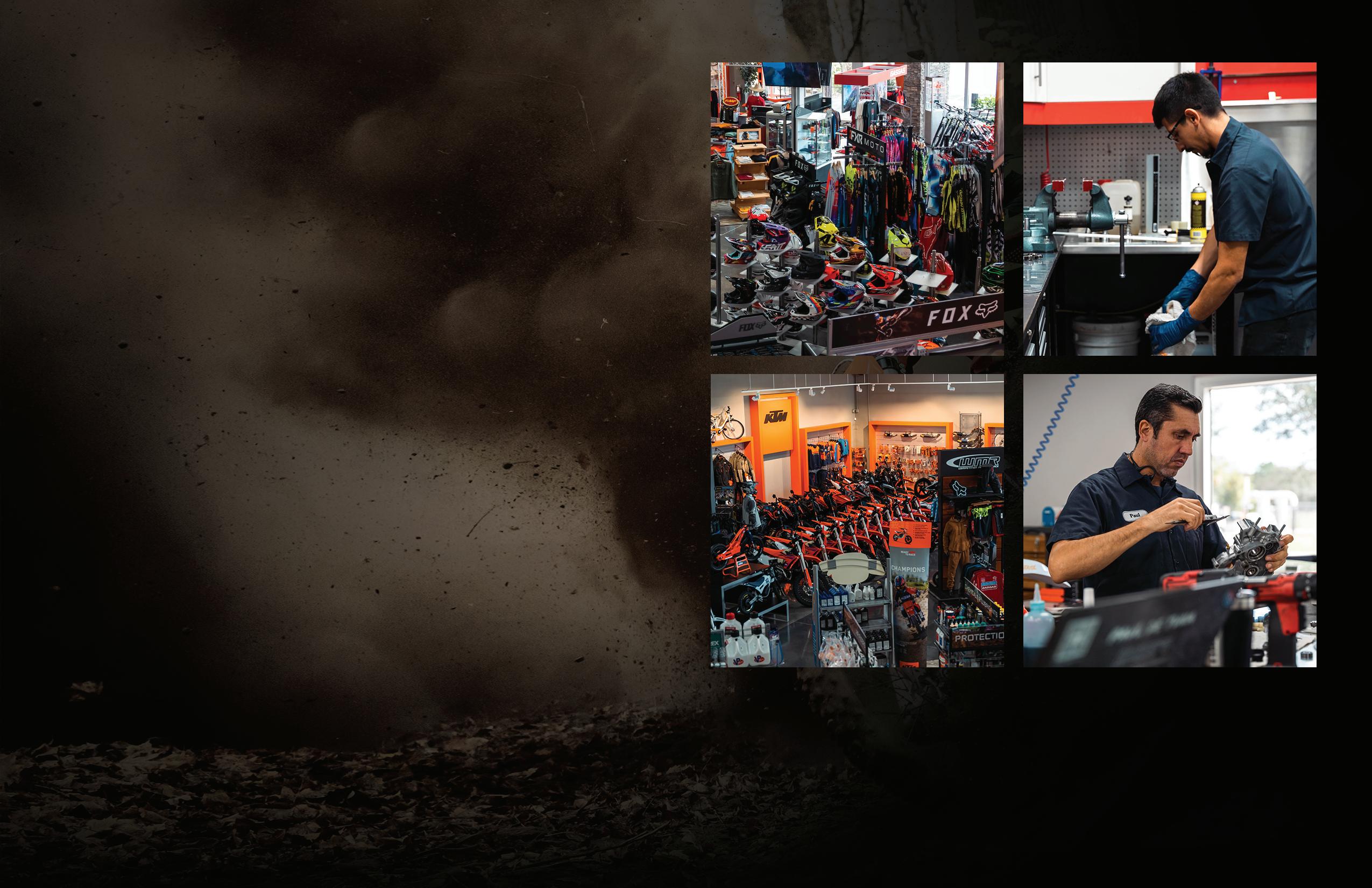
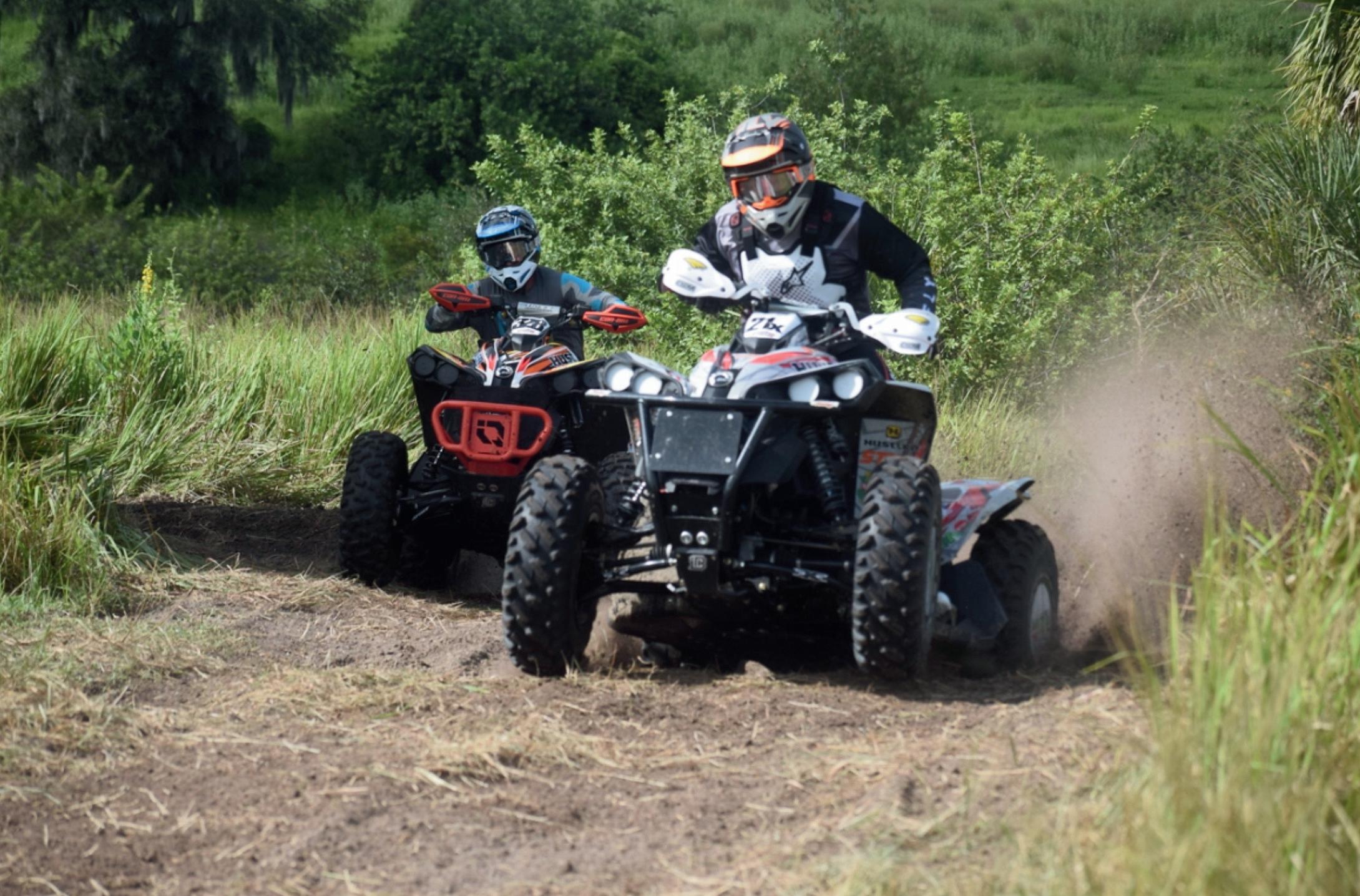

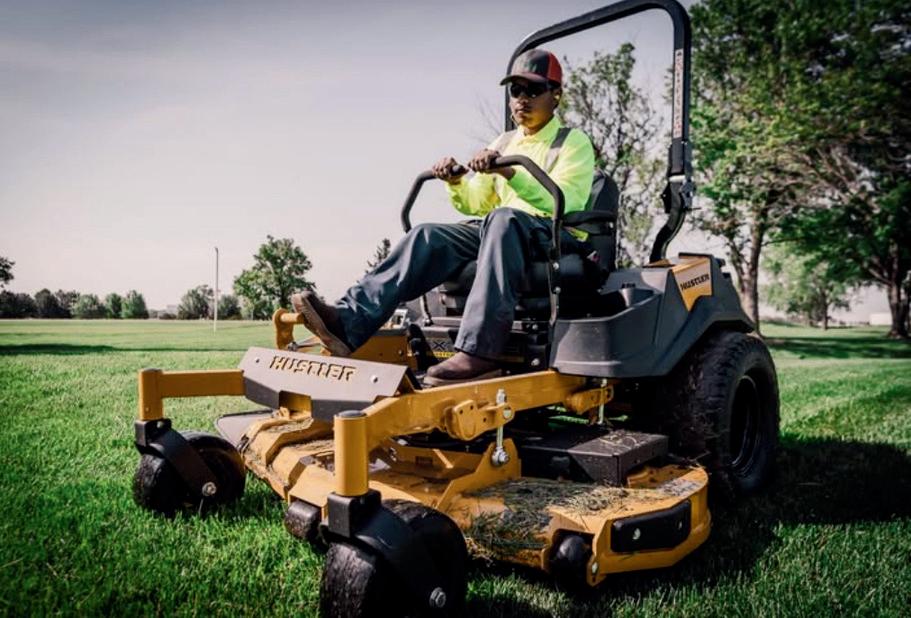

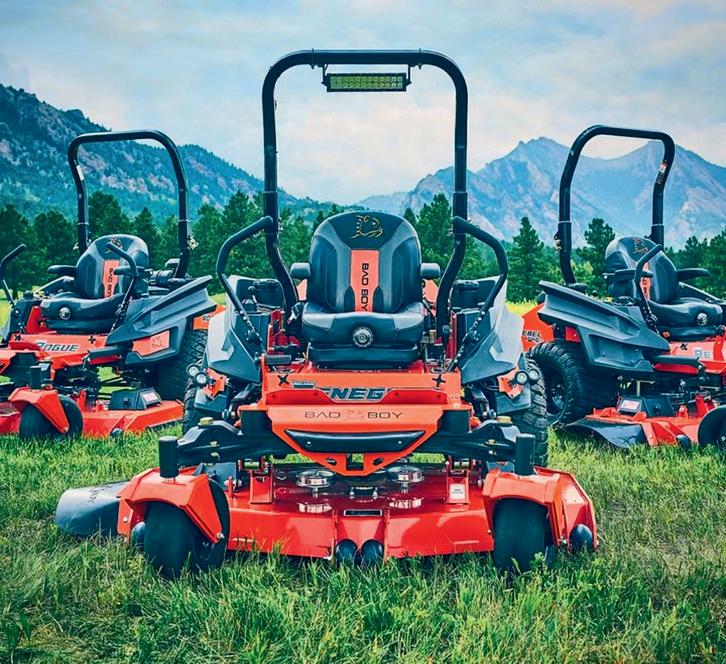

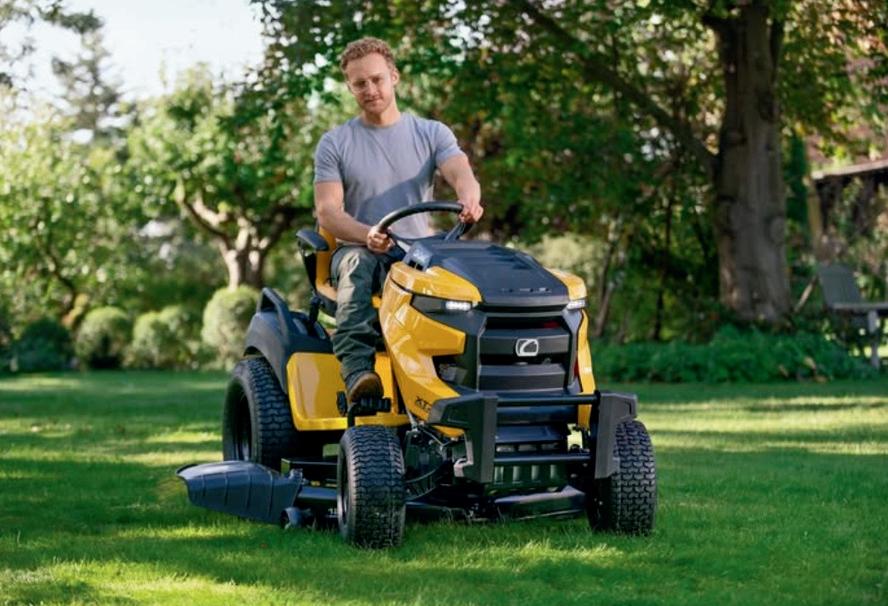



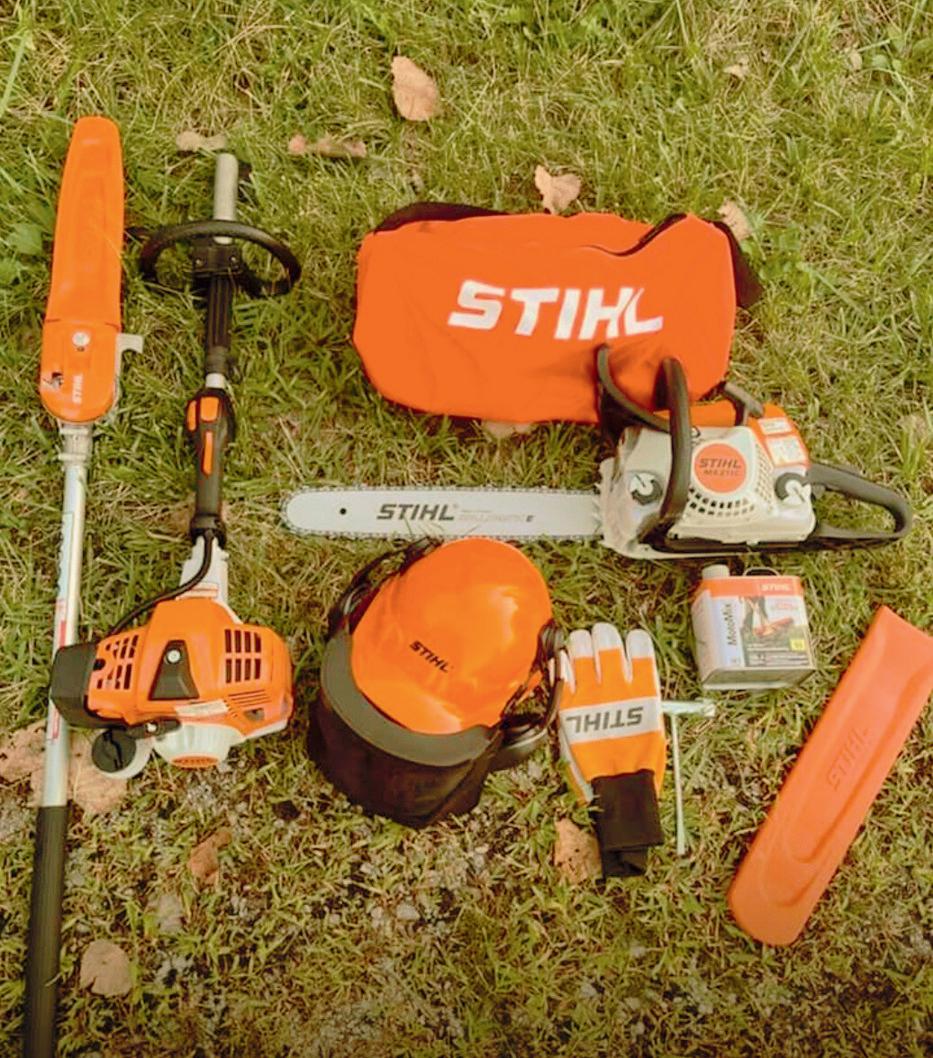

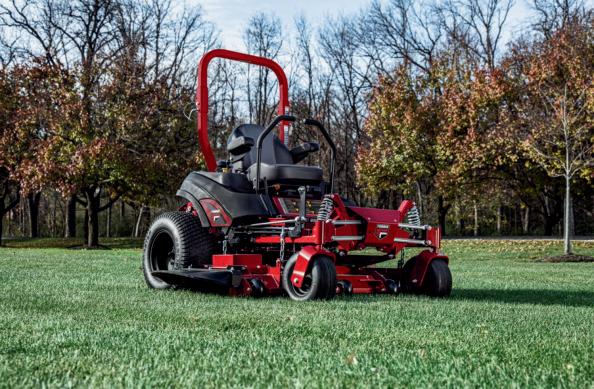

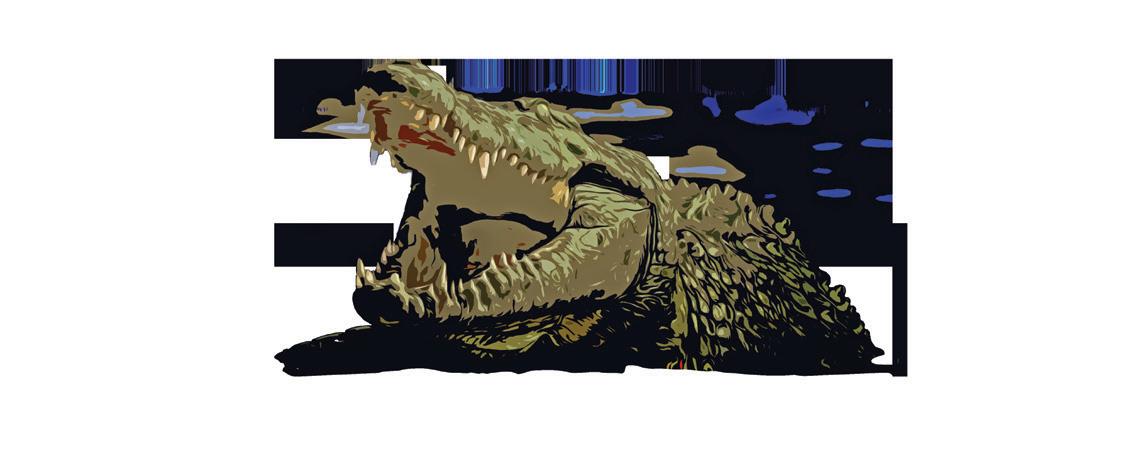
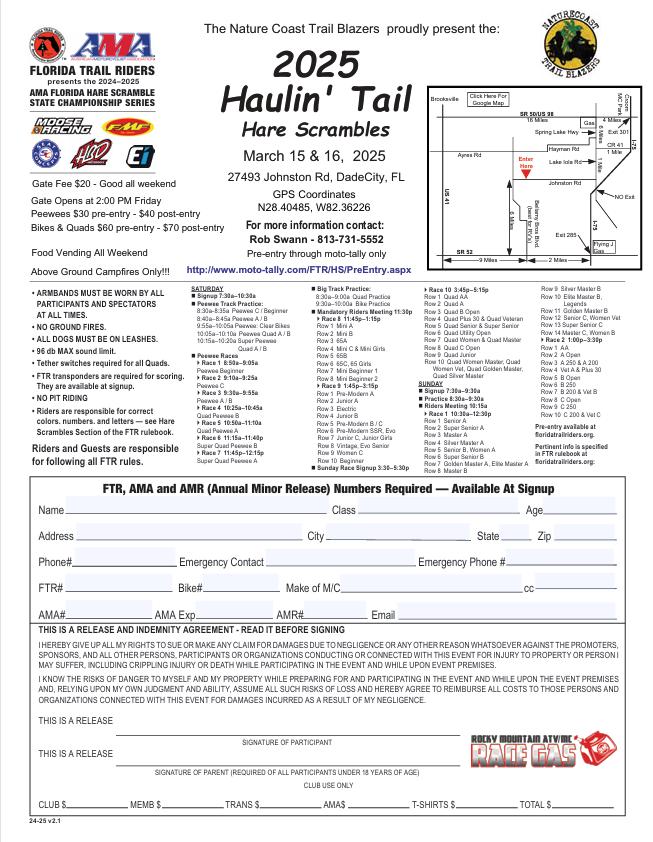
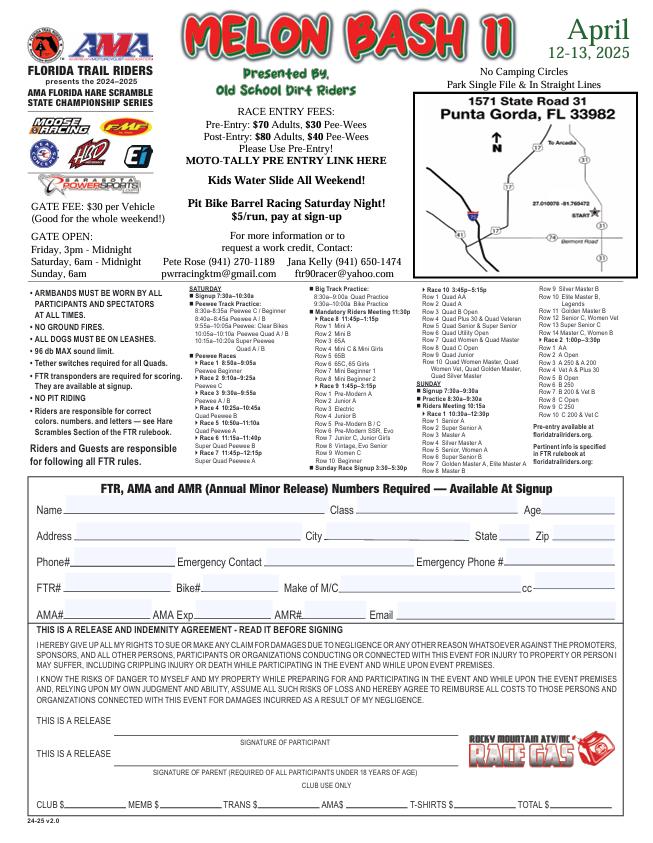


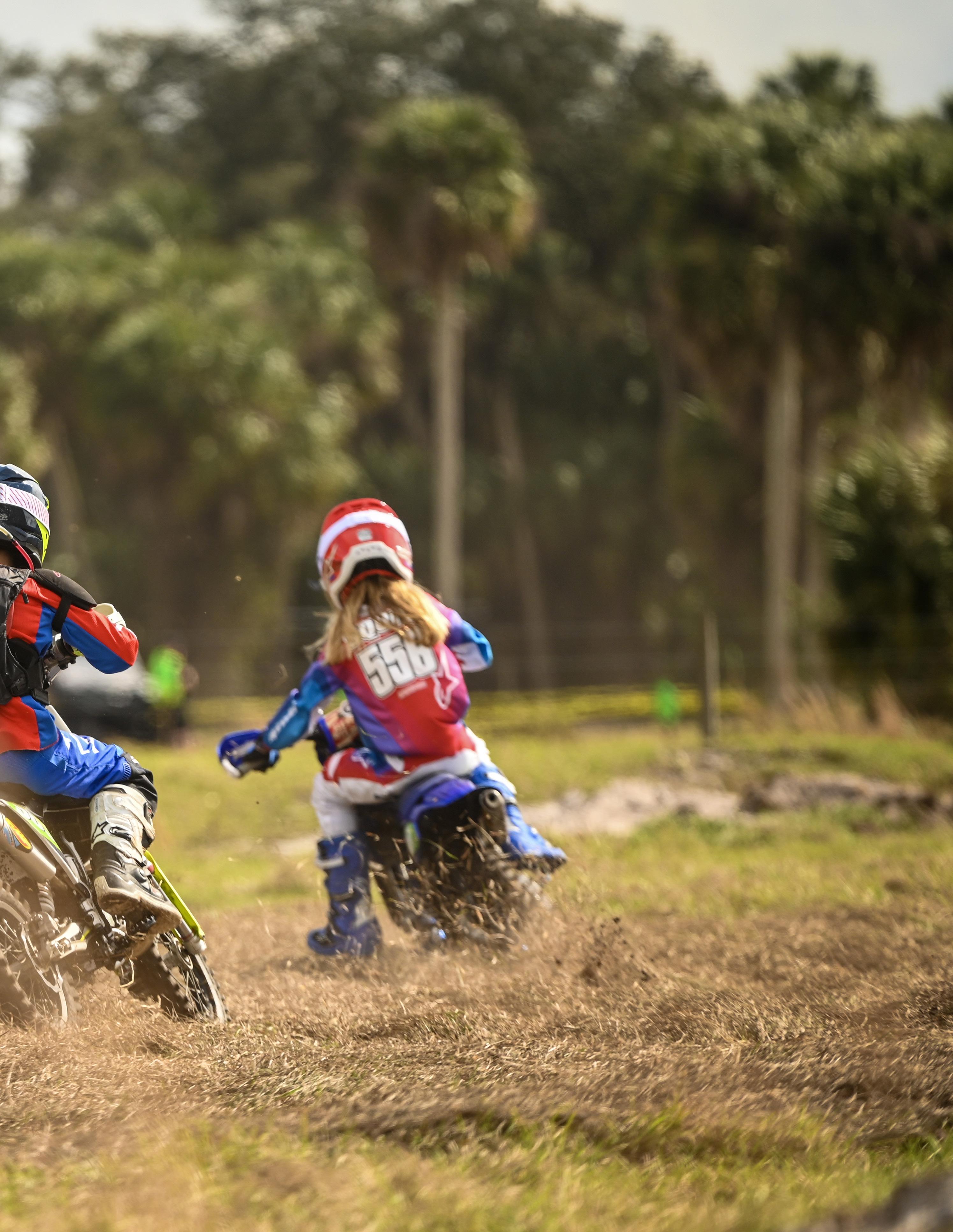
When I was your age…
(Que the Star Wars theme song). A long, long time ago (before they invented dirt) …in a cow pasture far, far away…a group of middle-aged men…men with monikers like Fat Jack, Big Man, and Coon dawg1 (ok, some were pre-men)…pitched tents and slept under the stars with the peaceful lullaby of chirping crickets (as long as you were at least 100 yards from the sound of Fat Jack’s thunderous snoring or Big Man talking in his sleep about the holeshot). They rode motorcycles with names like Hodaka, Bultaco, and SWM (can we ask Vanna for a vowel for that one?)
As with all things, word got out that these dudes were having more fun in the woods than staying home with their honey-do list. So, more folks showed up with their Pentons, Huskys, Rokons, and a Honda SL 125 with 10 horsepower (but that’s another story). They arrived in Toy Haulers and even…gasp…cough… RVs with generators and air conditioning2. This erupted into one of the earliest large-scale controversies of FTR…Gen vs. NoGen. Many clubs felt compelled to designate a portion of the cow pasture specifically to the folks with generators so that the obnoxious noise and emissions were sent downwind away from the “no generator” folks.
With increased attendance and smaller parking areas, folks got packed in together pretty dang tight sometimes and clubs quit
isolating the generator folks. At some events the parking scenario became like a scene from a WalMart parking lot…lots of folks trying to get just the right parking spot.
Anywhoo, the presence of generators in tight spaces brought concern about the mix of emissions and people. Carbon MON-oxide (CO) is the major toxin in exhaust and comes from the incomplete burning of any carbon-containing compounds, such as wood, charcoal, propane, gasoline, torches and lanterns, and natural gas when there isn’t enough oxygen to produce carbon DI-oxide (CO2). Nationwide, generators cause the highest number of carbon monoxide poisoning deaths, followed by portable heaters, and car engine exhaust. So, obviously, lots of people… plus lots of generators… plus cramped parking… well, you’re getting the idea… equals lots of carbon monoxide.
So, is this really a problem in the middle of a cow pasture?
An emphatic YES! Having covered the backdrop, we recently encountered a critical situation with a couple of FTR racers who experienced CO poisoning. Here’s the story: a husband-and-wife team pulled into the parking area and settled in. In the dark hours of the night another individual pulled in next door and started his generator. Unfortunately, the exhaust from the well muffled generator was in proximity to the intake vent of the sleeping couple’s enclosed trailer…all night
long they inhaled exhaust fumes and a significant dose of carbon monoxide. It’s not hard to imagine since CO is ODORLESS. In the morning the wife got up and felt “sick” but left her “sleeping” husband to go ride the practice lap without him. When she returned, he was still “sleeping” and unarousable. The safety team was called and diagnosed carbon monoxide poisoning when he was near comatose. He was taken to the ER where he was successfully treated and recovered. With any further delay this could have easily been a deadly event.
Here’s comes the nerdy stuff… Blood is comprised of multiple components including red blood cells, white blood cells, platelets, and plasma. Each red blood cell contains about 250 million iron-dependent hemoglobin molecules that are capable of transporting oxygen and carbon monoxide. Carbon monoxide is produced in the body but in very small amounts.
Each hemoglobin molecule can carry 4 oxygen molecules (O2) … until exposed to carbon monoxide. CO has a very high affinity for the same oxygen binding sites…that means once a CO attaches to the binding site of hemoglobin (now called carboxyhemoglobin), it doesn’t want to let go. In addition, CO changes the configuration of the hemoglobin in a way that the hemoglobin won’t easily release the 3 molecules of oxygen when it gets to the tissues that need it. The tissues essentially get suffocated.
A story to better explain the nerdy stuff… (who comes up with these analogies)?
Here’s an analogy…think of it this way: 1 KTM rider (think of him as carbon monoxide = CO) and 3 electric bike (EV) guys (O2) are in the parking lot of an FTR event and need to get to sign-up before it closes. They see an available side-by-side and run toward it. The KTM guy (CO) is the fastest to the driver’s seat and jumps in. With the KTM guy (CO) sitting behind the wheel, the electric bike guys (O2) are relegated to being passengers in the 3 other seats. The 3 electric bike guys (O2) fill in the rest of the seats and the posse heads over to sign-up. Once they arrive, everybody is ready to get out. Sadly, the KTM guy (CO) has other ideas. He doesn’t want the EV guys (O2) to get to sign-up so he reaches over, locks the doors, and tightens the seat belts…nobody can get out. The EV guys (O2’s) can’t get to where they need to be. The KTM guy (CO) has driven the side-by-side and the oxygen to the target but they can’t unload. (Again, who comes up with these analogies?) …asking for a friend…
Bottom line…what are we looking for?
With that in mind, let’s look at the signs of CO poisoning:
Headache
Weakness
Dizziness
Nausea or vomiting
Shortness of breath
Confusion
Blurred vision
Drowsiness
Loss of muscle control
Loss of consciousness
So, what’s next? What are the immediate steps we need to take?
Move the person away from the area
Get fresh air
If severe, call your FTR Safety Team or go to the Emergency Room. The ER can check the blood level for carboxyhemoglobin and provide high flow oxygen.
Finally, how do we avoid the problem?
Sitting at the first corner of the Okeechobee HS with FTR Safety Team Chief Donny Richardson, we talked about the finer points of carbon monoxide poisoning… all the things inquiring minds didn’t know they needed to know. Donny leads our medical response team and diagnosed carbon monoxide poisoning in the story I told previously. I asked him what advice he had for campers.
“First, we need to all be aware of our impact on others. Where you place your generator will impact your neighbor. Second, we all need to be aware of the signs of carbon monoxide poisoning and have a high level of suspicion if you’re not feeling good. I think the things to keep in mind are:
Never place your generator next to a trailer that belongs to someone else because someone may be sleeping in the trailer.
Always point the exhaust away from campers and trailers. Try to send it downwind of those around you…if possible.
Exhaust extensions can be useful to get exhaust away from inhabited locations but be aware when you move your generator away from your site you may be moving into someone else’s. Carbon monoxide is one of the lighter components of air so it does migrate slowly upward.
Get a carbon monoxide detector. I think that is critical and may save your life.
And, just to keep up the good sportsman theme, loud generators make bad neighbors”.
Footnotes
Disclaimer 1. In the old days, it was ok to use monikers that the politically correct folks of today might object to. But, in the old days, if you worked hard to further our sport and folks looked kindly at ya’, you were frequently called something other than your given name.
Disclaimer 2. While the facts of the narratives in the first couple paragraphs remain indisputable, the actual time course may be somewhat distorted by the time-space continuum and the availability of power for the flux capacitor.
Photos: Garren Wright
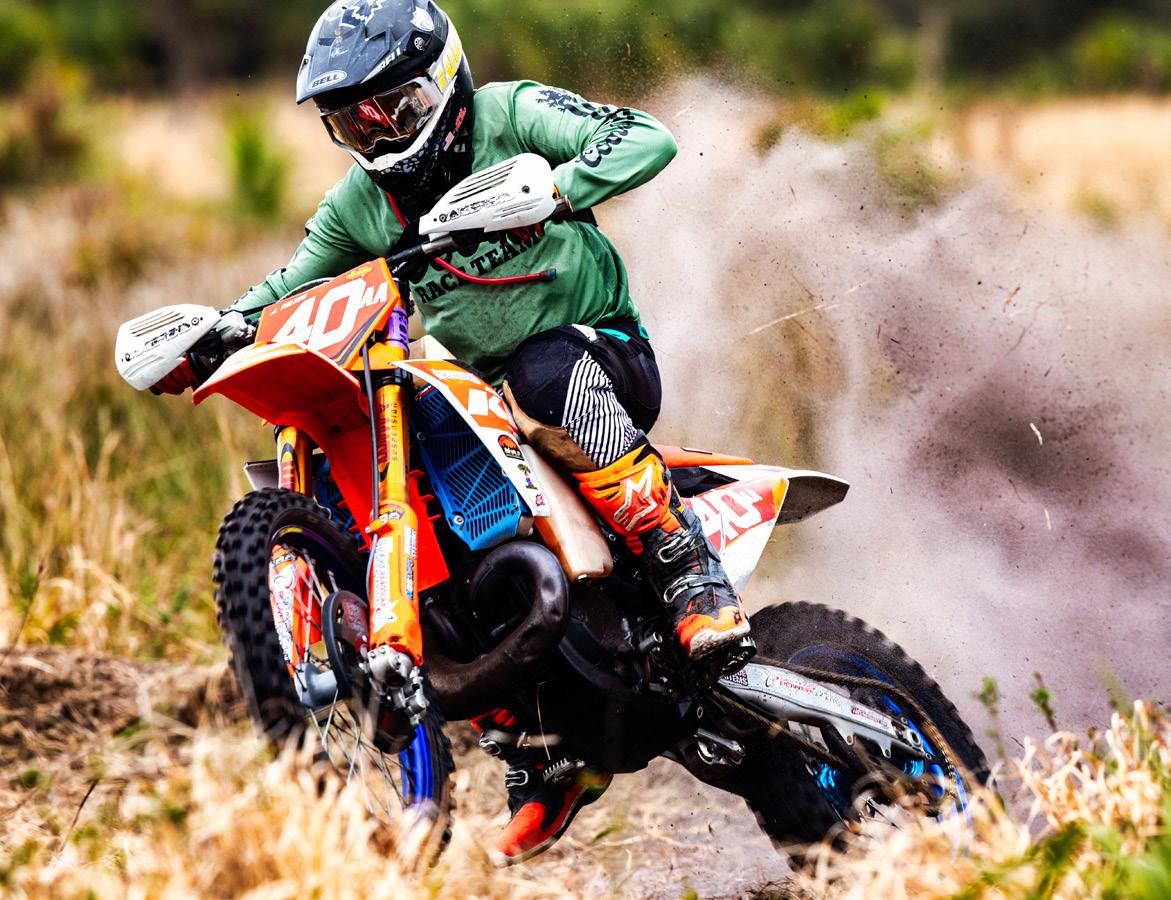
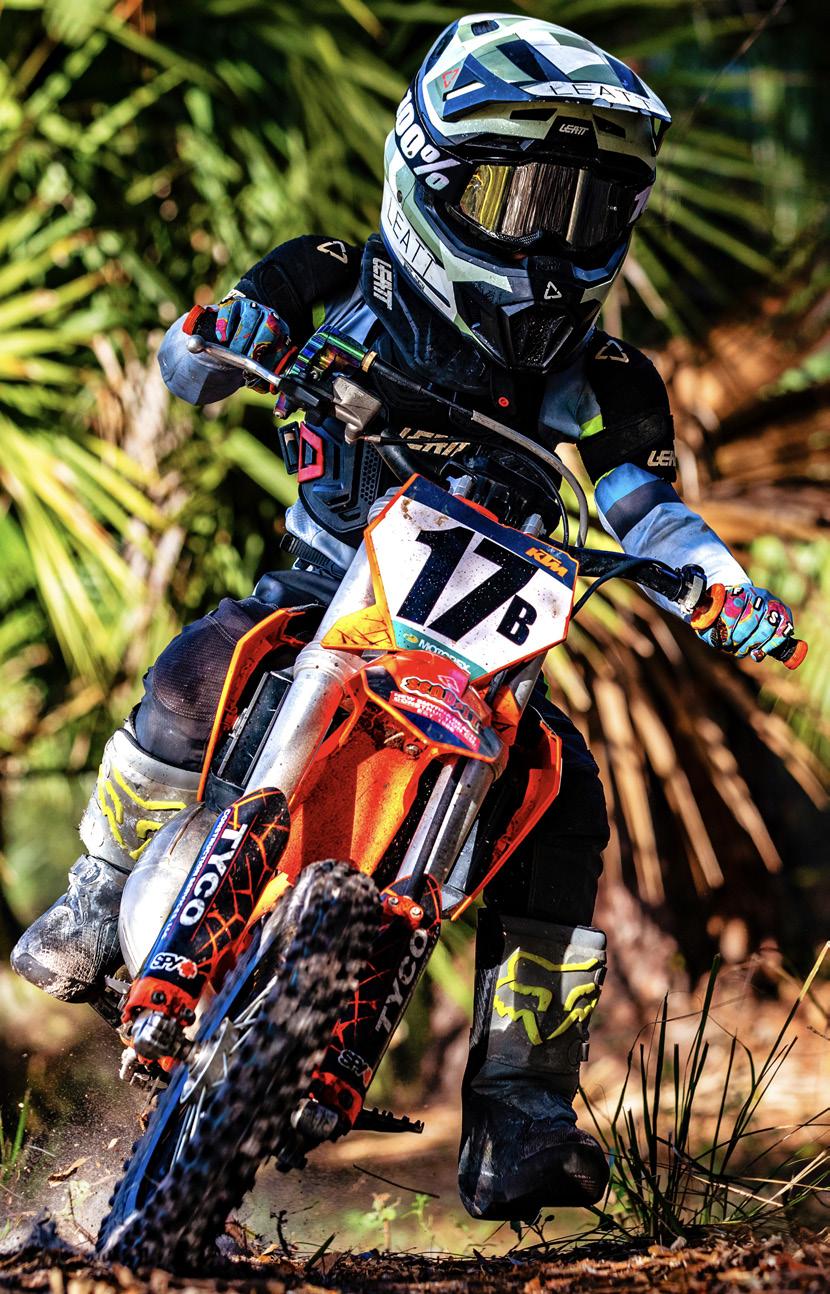
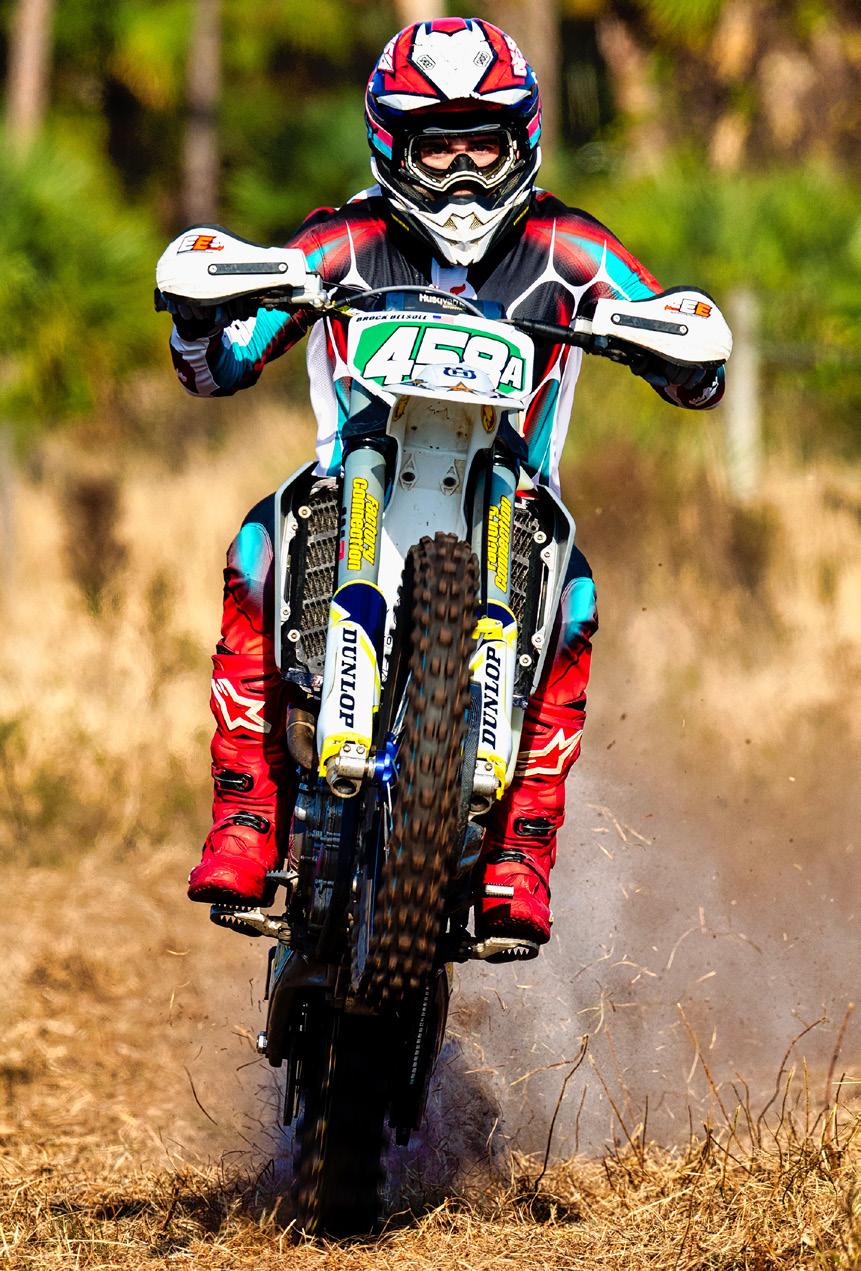



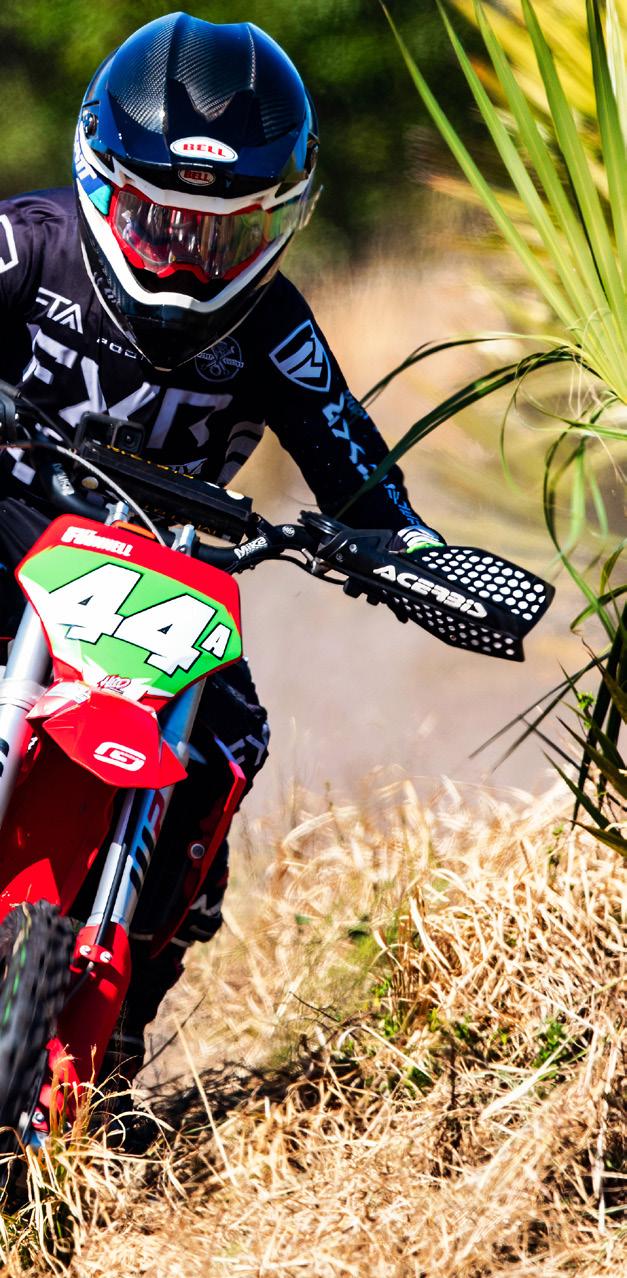
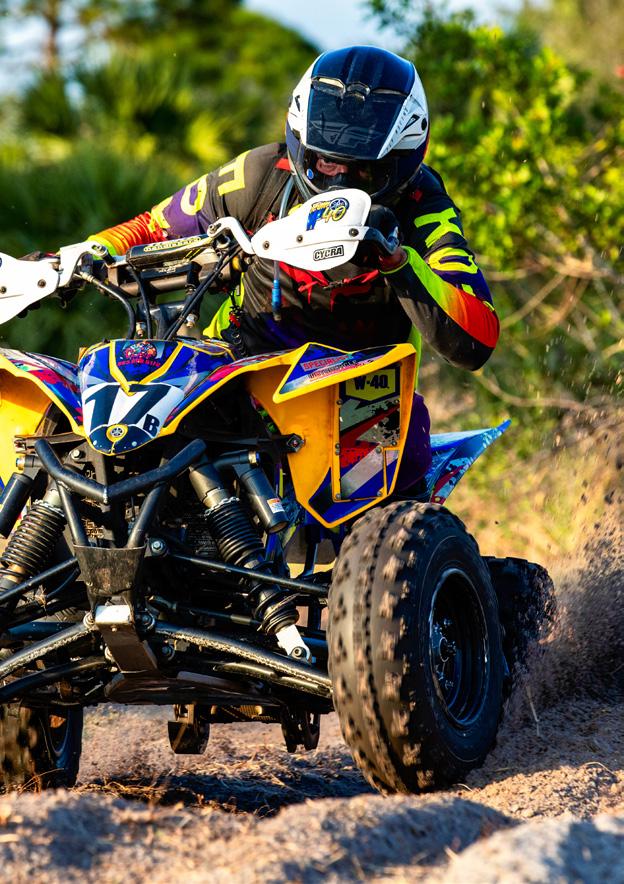

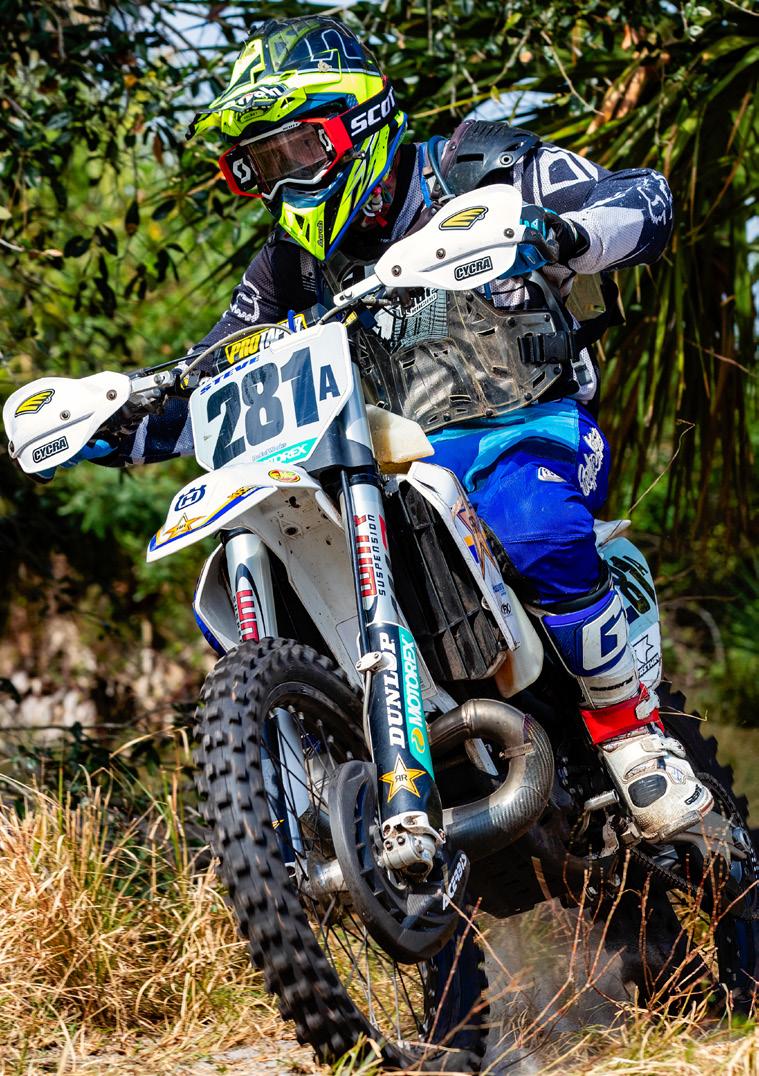
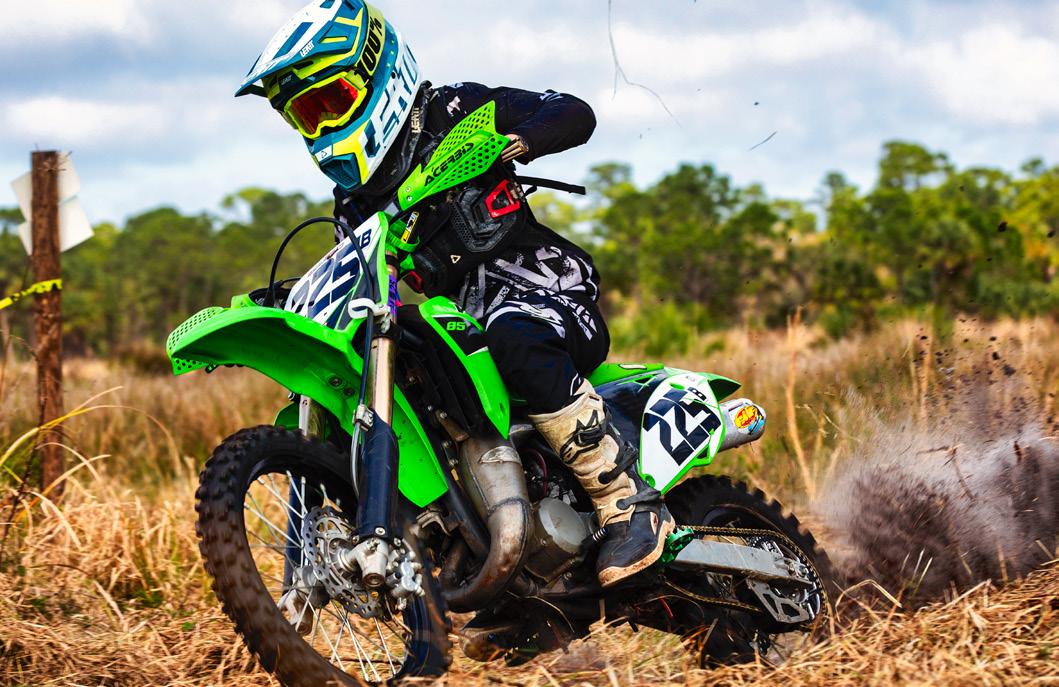

WORDS: DR. MATT DAUGHERTY
As an orthopedic physical therapist working with off-road racers, I've seen firsthand how arm pump can derail performance. One often overlooked factor is the tightness of the lumbrical muscles in the hand. A small group of muscles that most racers have never heard of. These unique and essential muscles play a significant role in fine motor control, and when tight, they can create imbalances that exacerbate arm pump.
Understanding Lumbrical Muscle
The lumbrical muscles are four small muscles located in the hand originating from the flexor digitorum profundus tendons and inserted into the extensor expansion on the back of the fingers. Unlike almost every other muscle of the body, lumbricals do not attach directly to bones. Instead, they link the flexor and extensor systems, facilitating intricate hand movements by flexing the metacarpophalangeal (MCP) joints and extending the interphalangeal (IP) joints.
For dirt bike and quad racers, the hands are under constant strain from gripping handlebars, clutching, and throttling over prolonged periods. This repetitive gripping shortens the flexor system and, when coupled
with tight lumbrical muscles, can lead to imbalances between the intrinsic and extrinsic muscles of the hand.
Arm pump results from increased pressure and then reduced blood flow within the forearm muscles during intense activity. This leads to pain, swelling, and muscle fatigue, ultimately impairing grip strength and control. While the focus often lies on the larger flexor muscles, the lumbricals can significantly contribute to this process.
Tight lumbricals disrupt the balance between the flexor and extensor systems by pulling on the extensor expansion, limiting full extension of the fingers and contributing to constant low-level contraction. This places additional stress on the extrinsic flexors (flexor digitorum superficialis and profundus), requiring more effort to maintain grip strength. Over time, this imbalance increases muscular fatigue and forearm compartment pressure, worsening arm pump symptoms.
Racers may notice signs of lumbrical tightness through limited finger extension, stiffness in
the palm, or discomfort when trying to fully open the hand after prolonged gripping. You may feel like your fingers can’t fully extend, particularly after a long race or practice session. Left unaddressed, this can lead to decreased dexterity and further performance limitations.
Addressing Tight Lumbricals to Prevent Arm Pump
Stretching and mobilizing the lumbrical muscles can relieve tension, improve hand mobility, and restore balance between the flexor and extensor systems. Here are a few exercises to incorporate into your routine:
Lumbrical Stretch –Curl the fingers of the hand you want to stretch, and place those curled fingers into the palm of your other hand. Next, overlap your fingers onto the back of your flexed fingers. Next, extend your MCP joint (knuckles) while keeping your fingers fully flexed. This is tricky so please take a look at the included picture.
Finger Extension Exercises – Use resistance bands or hand extensor trainers to strengthen the extensor muscles and counteract the flexor dominance.
Soft Tissue Mobilization – Massage the palm and base of the fingers to release tension in the lumbricals and surrounding structures.
Grip Variation – Vary your grip during train-
ing to engage different muscle groups and avoid overloading specific hand structures.
By addressing lumbrical tightness, racers can improve overall hand function, reduce forearm fatigue, and mitigate the risk of arm pump. This holistic approach targets not just the forearm muscles but the often-neglected lumbrical muscles that contribute to optimal grip strength and endurance. In the competitive world of off-road racing, maintaining peak physical condition in every muscle group counts – including the smallest ones in your hands.
Before acting on any information in this article, I recommend that you consult a physical therapist or physician for a general health and physical activity readiness screening. If you are experiencing pain while riding, it is always beneficial to have a complete evaluation by a physical therapist or physician. If you have any questions or comments, please email me at contact@motopt.com or call/ text 904-395-5379. Let's IMPROVE YOUR MOVE so you can ride pain-free with MotoPT.
Dr. Matthew Daugherty PT, DPT, OTR/L, MOT, DBA
Associate Professor and Director of Residency Programs
Board Certified Orthopaedic Clinical Specialist
Fellow, American Academy of Orthopaedic Manual Physical Therapists
Manual Therapy Certified Intramuscular Dry Needling Certified



For over 50 years, TF Racing has been elevating the off-road riding and racing experience for countless enthusiast while building champions on and off the track. Contact us today for a custom quote


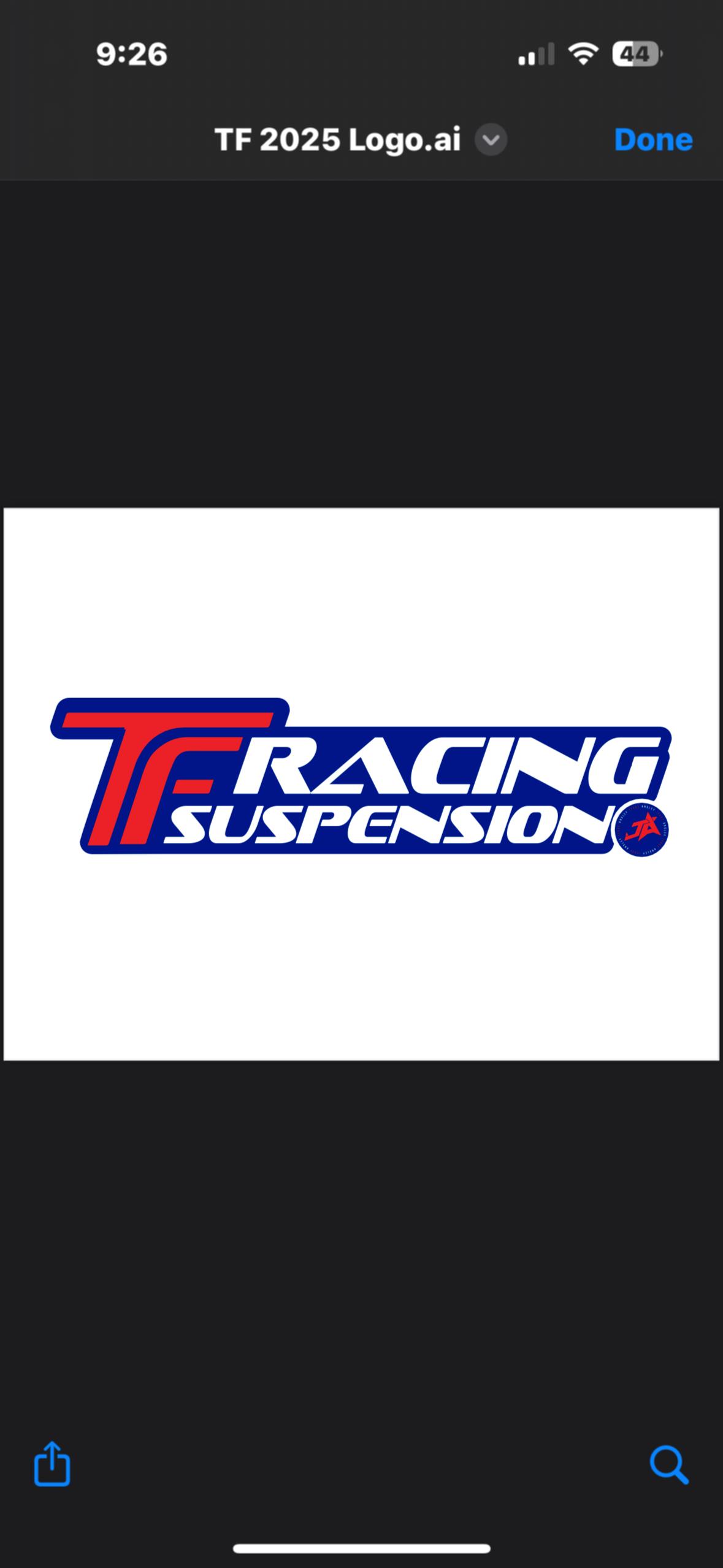
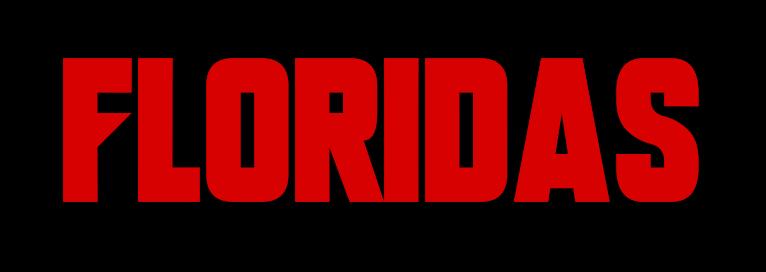
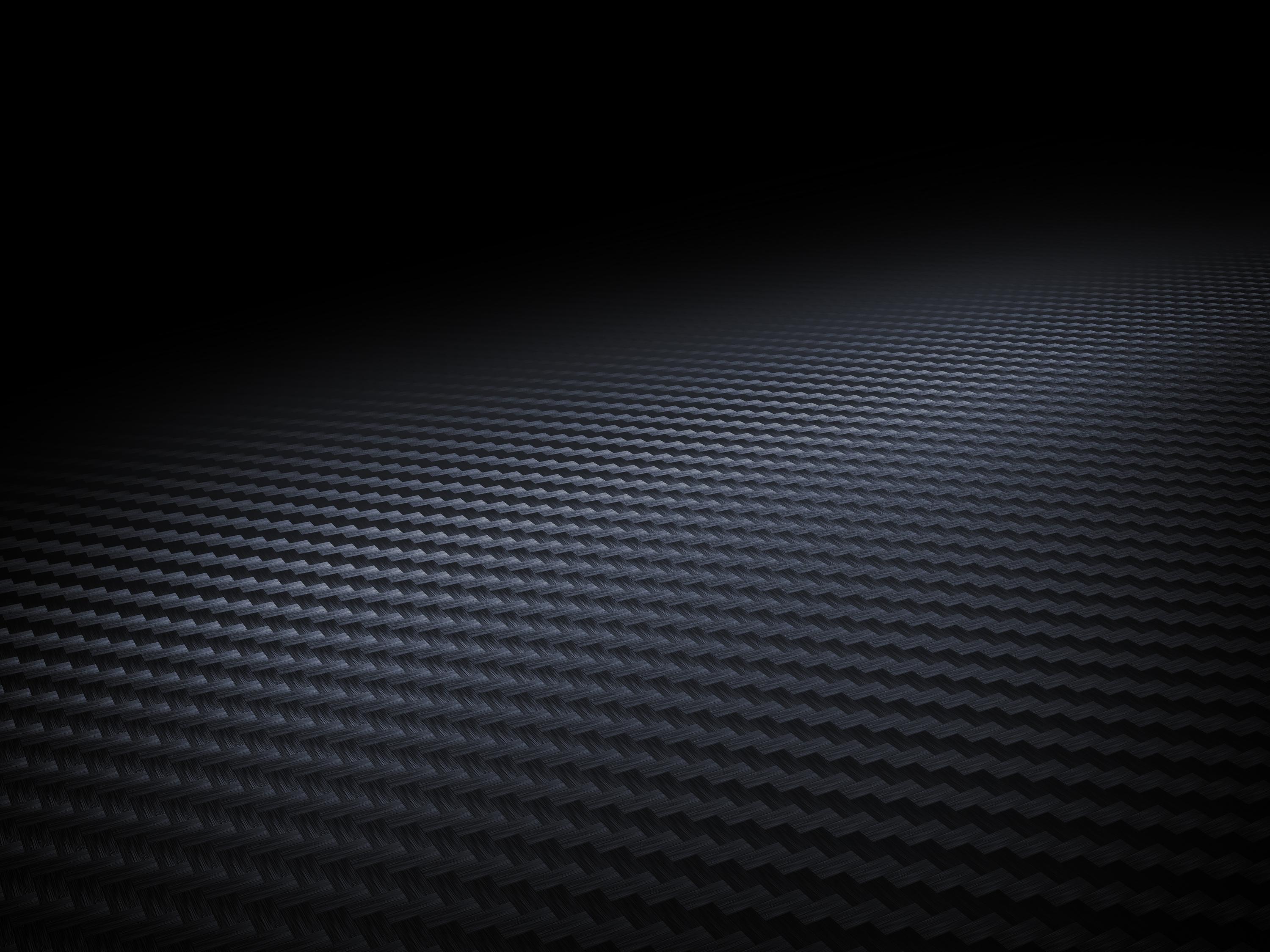
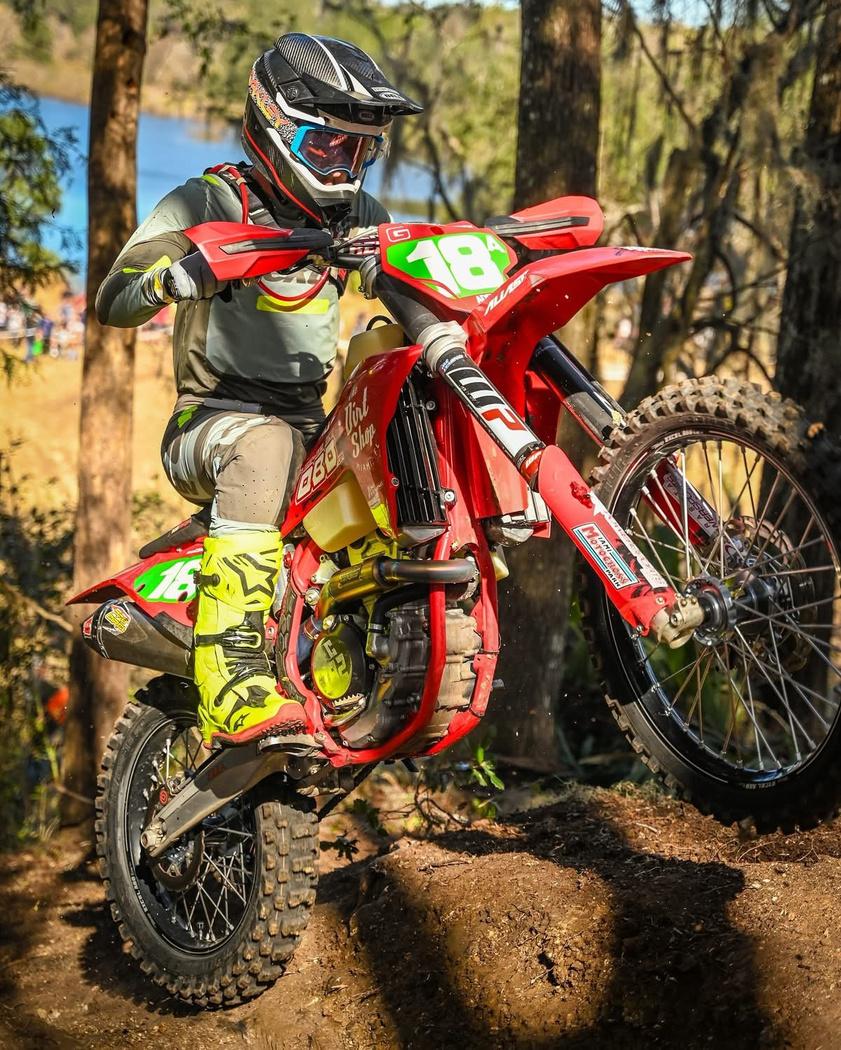

Hi everyone, hope you guys enjoyed the last entry and were able to apply some of the work! For this month I wanted to change things up and go to something I’ve been really focusing on the last few years. From one end of the body to the other, this entry will be about head placement! When talking head placement we have a few things to look at. Is the head centered, which way is it leading, and does the rider have intent with head placement?
When we’re riding the last thing a lot of people think about is their head placement as it seems obvious that it would just stay in the spot it’s supposed to be. What most people don’t realize is by letting their head go the wrong way, they are opening themselves up to lots of mistakes! As humans our natural reactions while riding usually lead to the head going away from the body or somewhere we don’t want it. For example, when leaning into a corner, your head will usually lean away from the ground which can cause a whole lot of issues. This is the most common one and is by far one of the most costly.
When thinking of head placement we have to remember one huge rule. The head leads the body and the body leads the bike. What I mean by that, is just simply lean your head to your right. What happens? Your body is now leaning to the right. Well when you’re on a dirtbike and your body is leaning in a specific direction, it’s going to pull the bike that way with it. So if we’re turning left but leading our head to the right, what happens? Our body and bike will follow, leading us outside of the corner and towards the wrong edge of the track. So by just simply leaning your head towards one side or the other you can help pull the bike in the direction you want to go. Now obviously it’s much more complex as we have so many variables and once you add in the moving speed factor on the bike, it completely changes things, but from a base standpoint it truly is that simple.
First thing I like to go over is where you let your head fall. If it falls outside while you’re cornering, your bike is gonna pull outside. When the body is on the outside we’re essentially trapped. If the bike wants to push us out there’s no way to bring ourselves back centered so we just have to either ride it out and run the edge or check up and fix our line. So instead, we focus on trying to keep your head centered or even pulling it towards the inside of the bike. When you pull your head towards the inside, you’re able to not only pull the bike that way, but you also now have the option to pull the

bike into you which can center you or if need be can put you on the outside of it. It also allows you to stand it up a little taller while still achieving that same lean angle with your body. A great example of this is Josep Garcia from Spain. He works this technique like no other and if you go watch any of his highlights you’ll see exactly what I’m talking about. It’s quite a big thing in European off-road racing because those guys are very limited on lean angle traction with FIM tires, so that’s how they have adapted.
Now as far as back and forth movement, we almost always want to see that head driving forward. If you let the head fall back, your body will follow and you’ll be in a losing battle with your arms trying to pull yourself back forward. Don’t get me wrong, there are situations such as big rollers, seat bouncing, or slick muddy conditions just to name a few, where having your head back would be considered proper. But for most people a focus of driving that head forward will change the way they ride for the better. You can watch almost any pro rider and see the way they drive their head forward out of corners, through jumps, etc.
When we talk about intent, we have to just be thoughtful with our head placement. Instead of just letting it bounce around up there, being mindful of where we’re placing it and which direction we’re trying to go. For some homework, next time you’re watching the races, track a rider's head. Riders such as Jett/Hunter Lawrence, Chase Sexton, or Haiden Deegan are very intentional with their head placement. Whereas some riders who are very mistake prone will not be. So don’t only try it yourself, but go do some studying and see how much you notice head placement on other riders! For more tips and in depth videos check out @alexlugaroffroadacademy on Instagram!

by
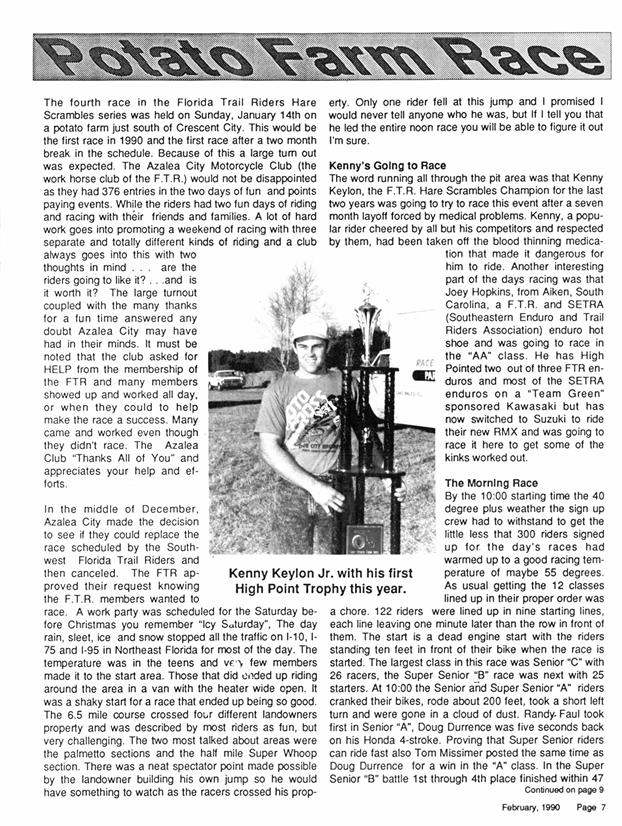




I am writing this article after finishing up the Indiantown Hare Scramble round. This is always one of the toughest for me as it is one of the roughest tracks on the circuit. The high-speed fields with big whoops make for a physically demanding course.
One thing I always try to do in the open sections is avoid the big holes and bumps. The easiest way I find to avoid the bumps is to set up the corners on the outside. I sweep across the turn and exit the corner on the inside. Because this is an uncommon line choice it usually provides a smoother entry and exit in most corners. If I set it up correctly, it also allows for me to carry my speed through the turn.
Dissecting the track can save you time but it will also save a ton of energy by missing the big holes and bumps. The same can be said about retirement planning. Some proper planning can help you avoid some of the major mistakes we see retirees make. It can save you money, time and energy by just creating a plan to make sure you have a successful retirement. If you are interested in creating a retirement plan, feel free to schedule a complimentary consultation to see if we can help.
Investment Advisory Services offered through Continuum Advisory, LLC, a Registered Investment Advisor, located at 873 E. State Street, Eagle, ID83616. Mosaic Financial Group is not an affiliate of Continuum Advisory, LLC but is a DBA (doing business as) of Continuum Advisory. For More information on Continuum Advisory, visit https:// adviserinfo.sec.gov/firm/summary/283155
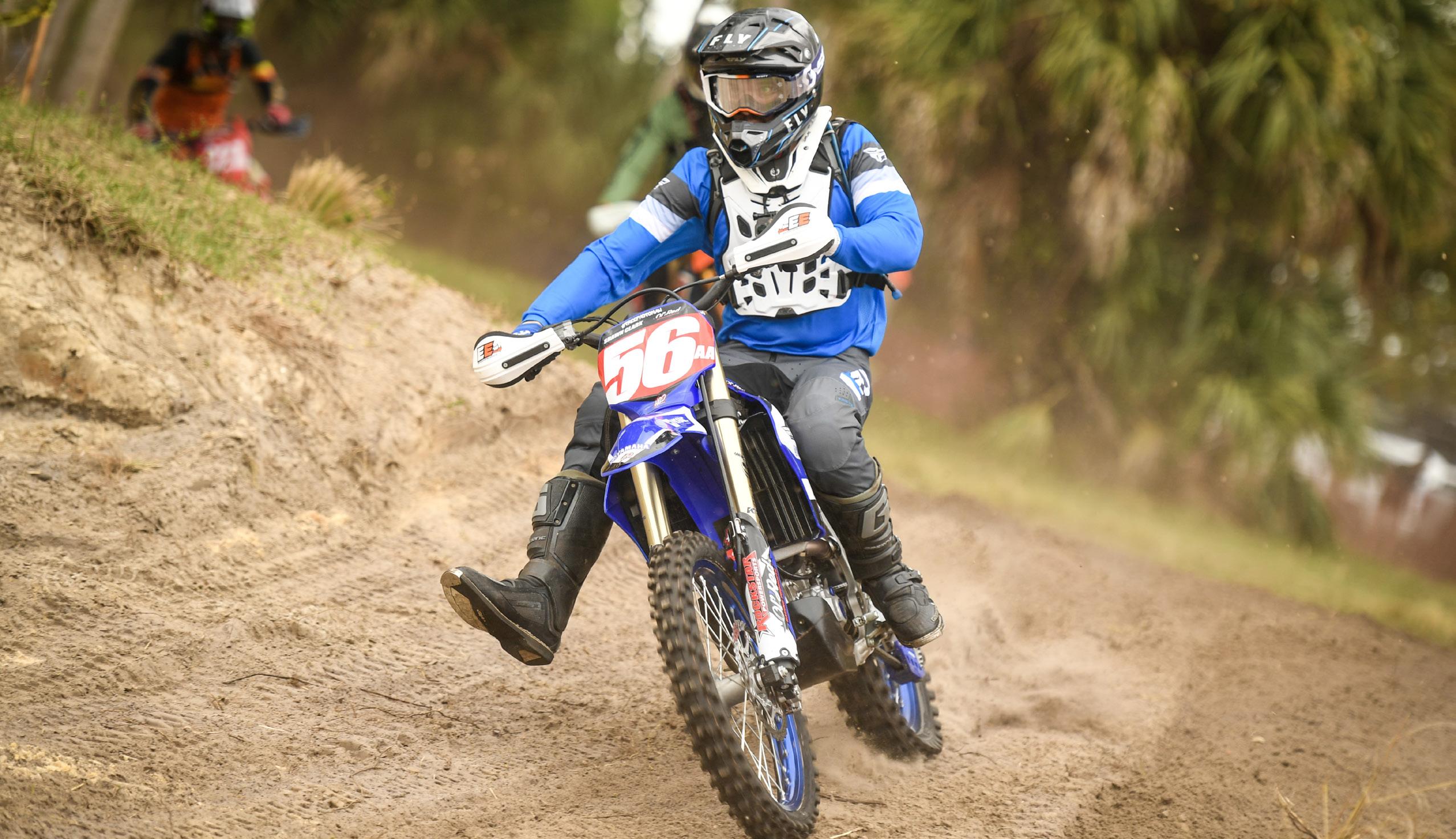

RIDER: RYAN DORSEY

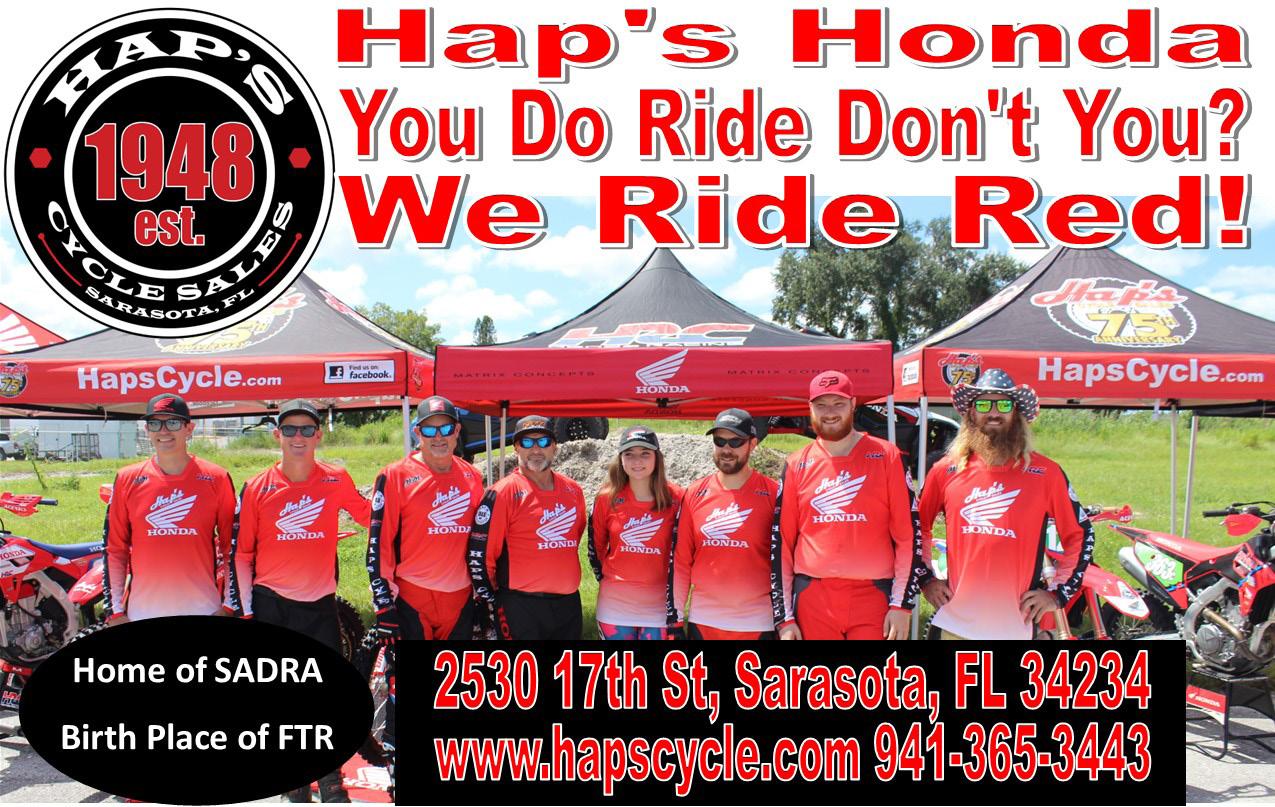


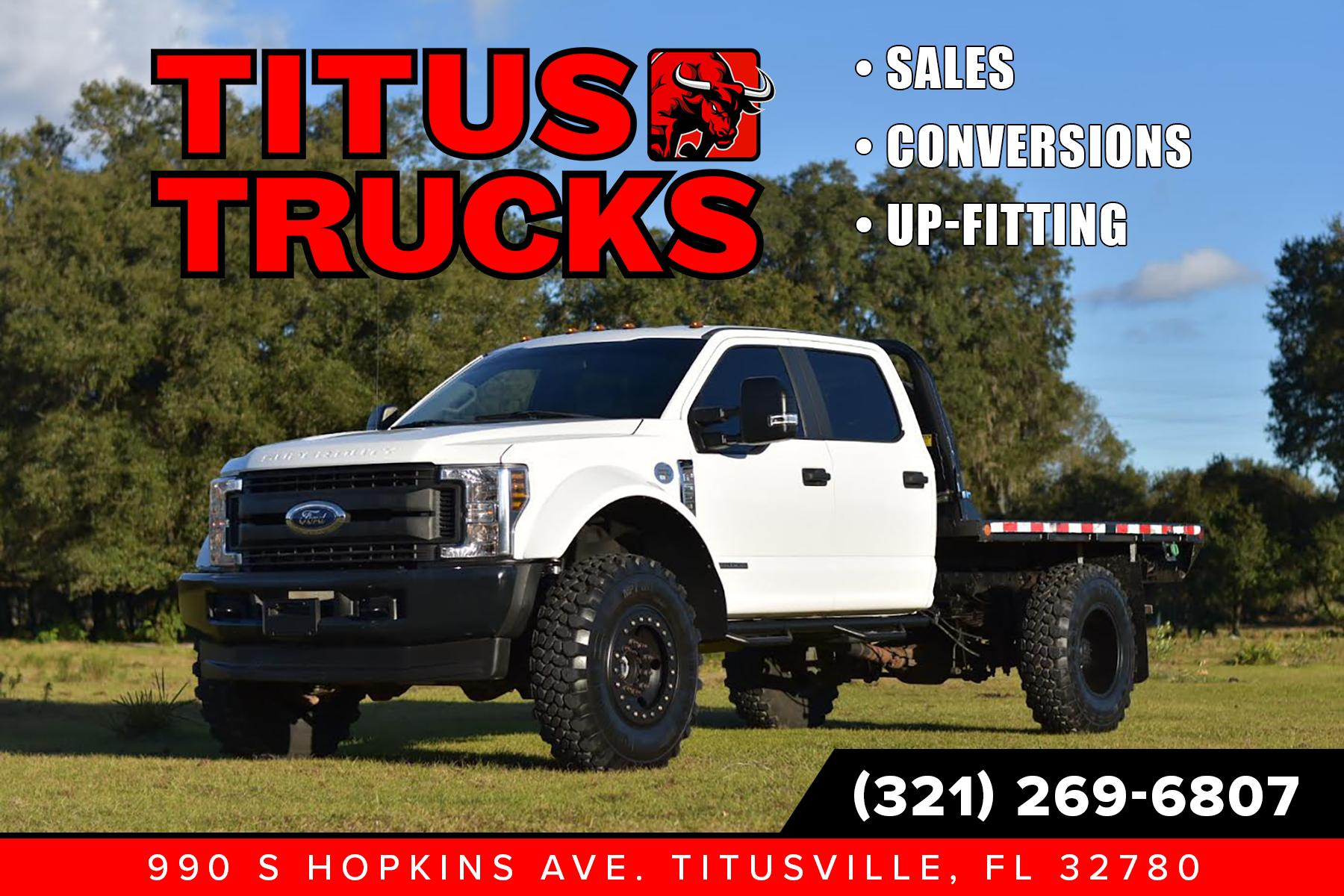




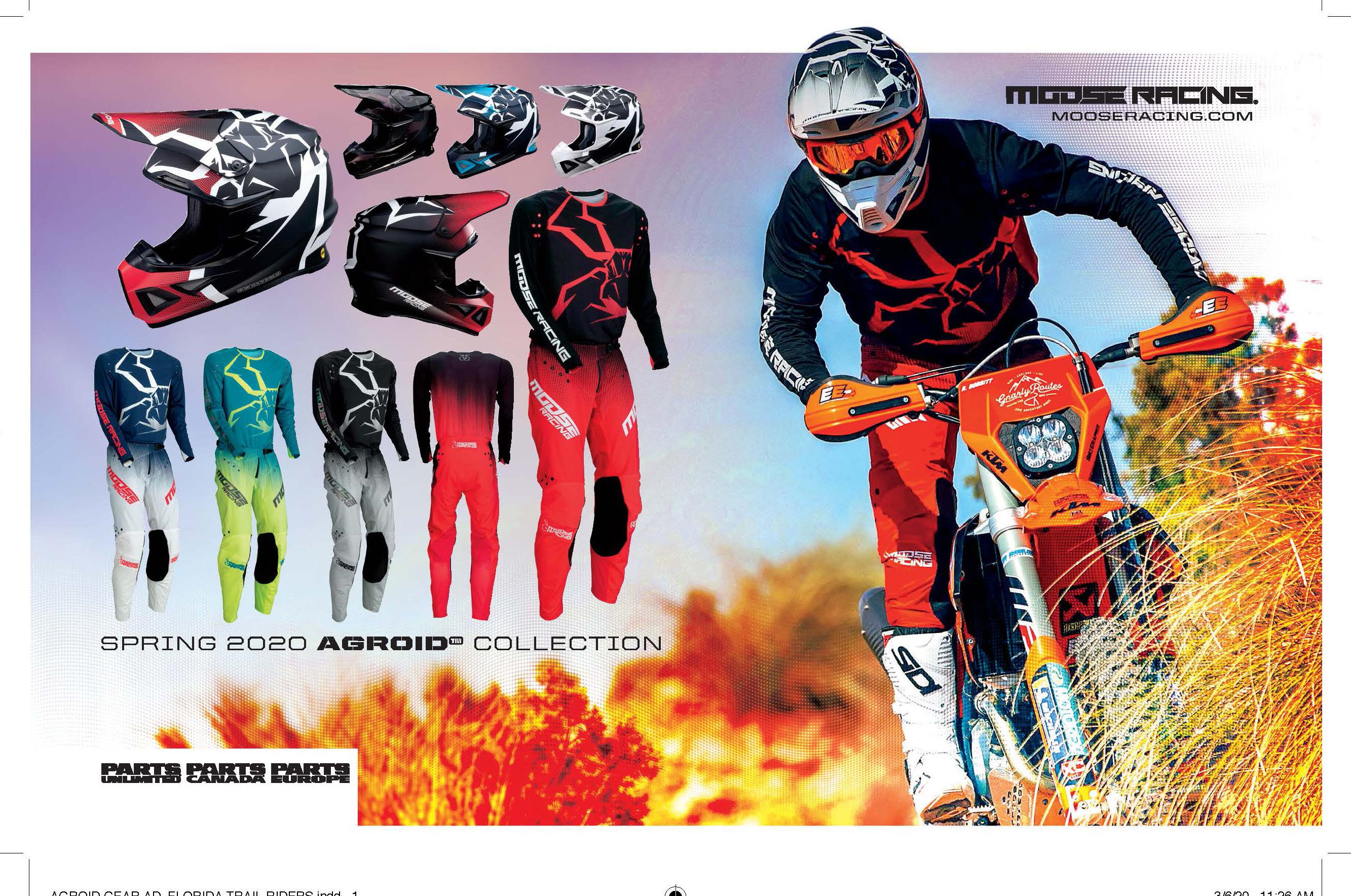
9-1-2024
